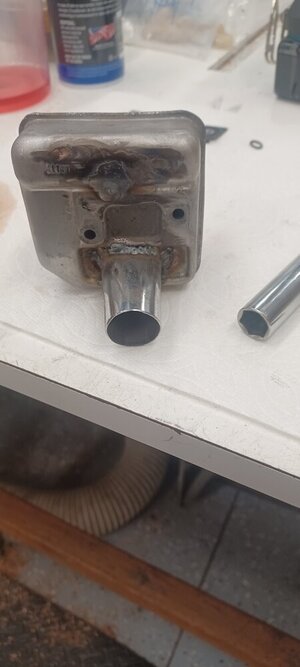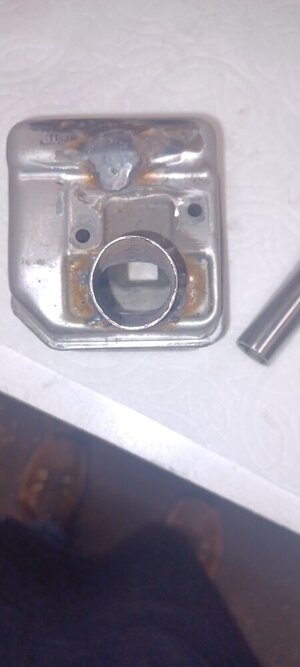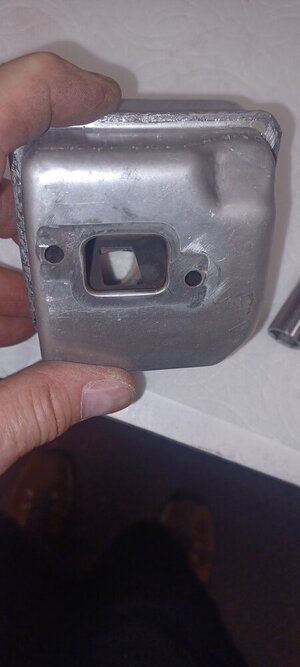- Local time
- 4:32 PM
- User ID
- 5156
- Joined
- Jan 24, 2018
- Messages
- 9,456
- Reaction score
- 37,305
- Location
- Extreme Southeast CA
No mufflerHere’s a question.
What would you suggest for making the loudest, most obnoxious sound as possible?
Why?
Spook house prop saw, Stihl 170s, used outdoors
No chains are used, at least the spinny kind









